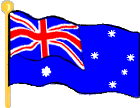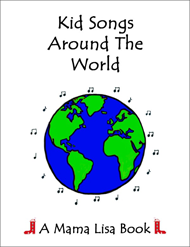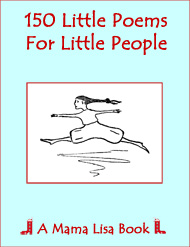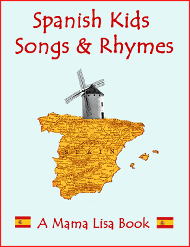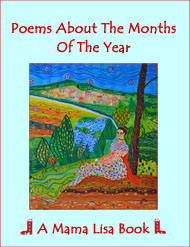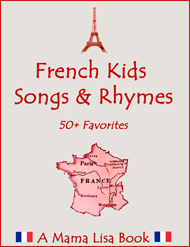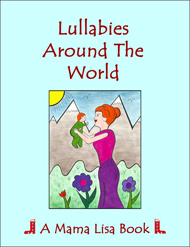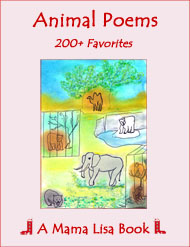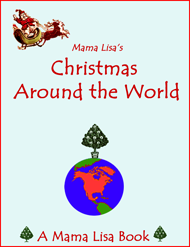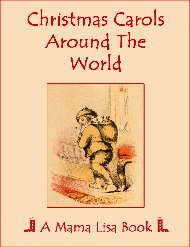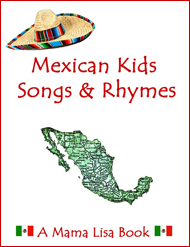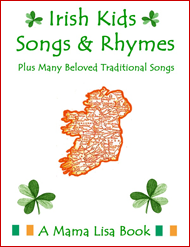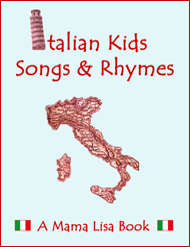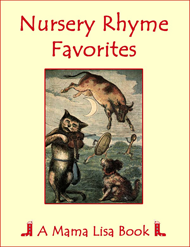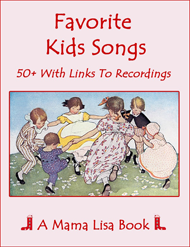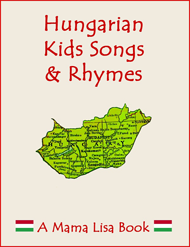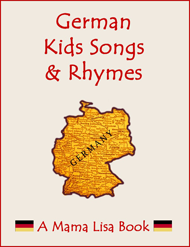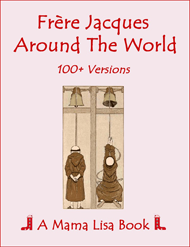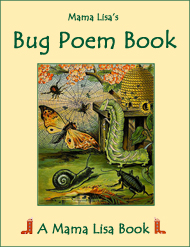Inanay
"Inanay" is thought to be an indigenous Australian lullaby, in the Yorta Yorta language. It's very possible it's actually from the Torres Strait Islands in one if the languages spoken there and where it's also sung.
Sometimes this song is called "Inanay capuana".
Inanay
Inanay
Lullaby
Lullaby
(Unidentified Language)
(English)
Inanay gupu wanna
Inanay gupu wanna
Ay ay ay oola
Oola oola oola ay
Yippee yay yipee yay
Goo wana goo wana
Goo wana goo wana
Goo wah - Choo!
If anyone can provide a translation, or any other info about this song including the language, please email me.
Thanks! Mama Lisa
Notes
Annette Tricarico, who teaches Yorta Yorta, wrote the following when we asked about the meaning:
"With regard to the other beautiful song, I have tried to translate it into Yorta Yorta but we don't have any of the words on record in our heritage dictionary. A lot of the words look similar to words we use but I cannot make a direct translation that makes any sense. I have asked several Elders about the song and they seem to think it is from an islander community and was brought down this way with the seasonal migration of the fruit picking and other related jobs. Many Indigenous Queenslanders followed seasonal work. We have quite a few Torres Strait families who chose to stay in Shepparton and have now been here for 3 and 4 generations."
Annette's note spurred me into to a little more research on this song. I found the following:
Note: The quote references Lou Bennett who is a Yorta Yorta Dja Dja Wurrung woman from Echuca, Australia who is part of the band called Tiddas that made this song so popular.
"Lou Bennett learnt this song from her cousins and her grandmother in the late 1980s while working at Victoria's first established Aboriginal college, Worawa. No direct translation has been given, but the song is believed to be a lullaby or a children's song. The liner notes for 'Inanay' simply say that it is a 'traditional aboriginal song (words not available)'. Bennett has suggested that the song travelled on 'songlines' which was evidenced in a version on Thursday Island sung by the Mills Sisters. Research suggests the song is in the Mabuyag Island's Kala Lagaw Ya language but it could also be a Darnley Island song from Eastern Torres Strait. It may have travelled to the Torres Strait through the Pacific from Hawai'i." -From "We are Australian": An ethnographic investigation of the convergence of community music and reconciliation
"...in my travels I met the Mill sisters (Aunties from Thursday Island), and they told me that they had a version of this song, but the words were slightly different. This was due to the song travelling on what we know as 'songlines'. A complex philosophy found in indigenous cultures throughout the world. Part of this concept is the singing of the land (letting the land know who you are, and where you're from)..." -Lou Bennett (of TIDDAS)
*****
Chris Roberts wrote, "I used to be a music teacher for private classes around Sydney for preschool ages.
One day in another teacher's classes apparently, they were singing Inanay when a Papua New Guinean women burst into tears.
When asked why, she apparently said she hadn't heard it since childhood when it was sung to her as a lullaby.
That's the only bit of indirect info I have regarding the possible Northern origins of the song."
Comments
Here's one possible meaning we found on another site: "...several years ago I was lucky enough to work with an Australian lass who taught me this song. She explained that it was about the fishes in the sea and the fishermen casting the nets, to catch them. Having researched a little further the Goanna is described as one of many monitor lizards found in the Australian countryside." -Anonymous
Elsewhere, they say it's about shooing away a goanna lizard.
*****
The chords can be found here and here.

Thanks!
Thanks!
Thanks and Acknowledgements
Thanks to Annette Tricarico and Chris Roberts for commenting on this song!


